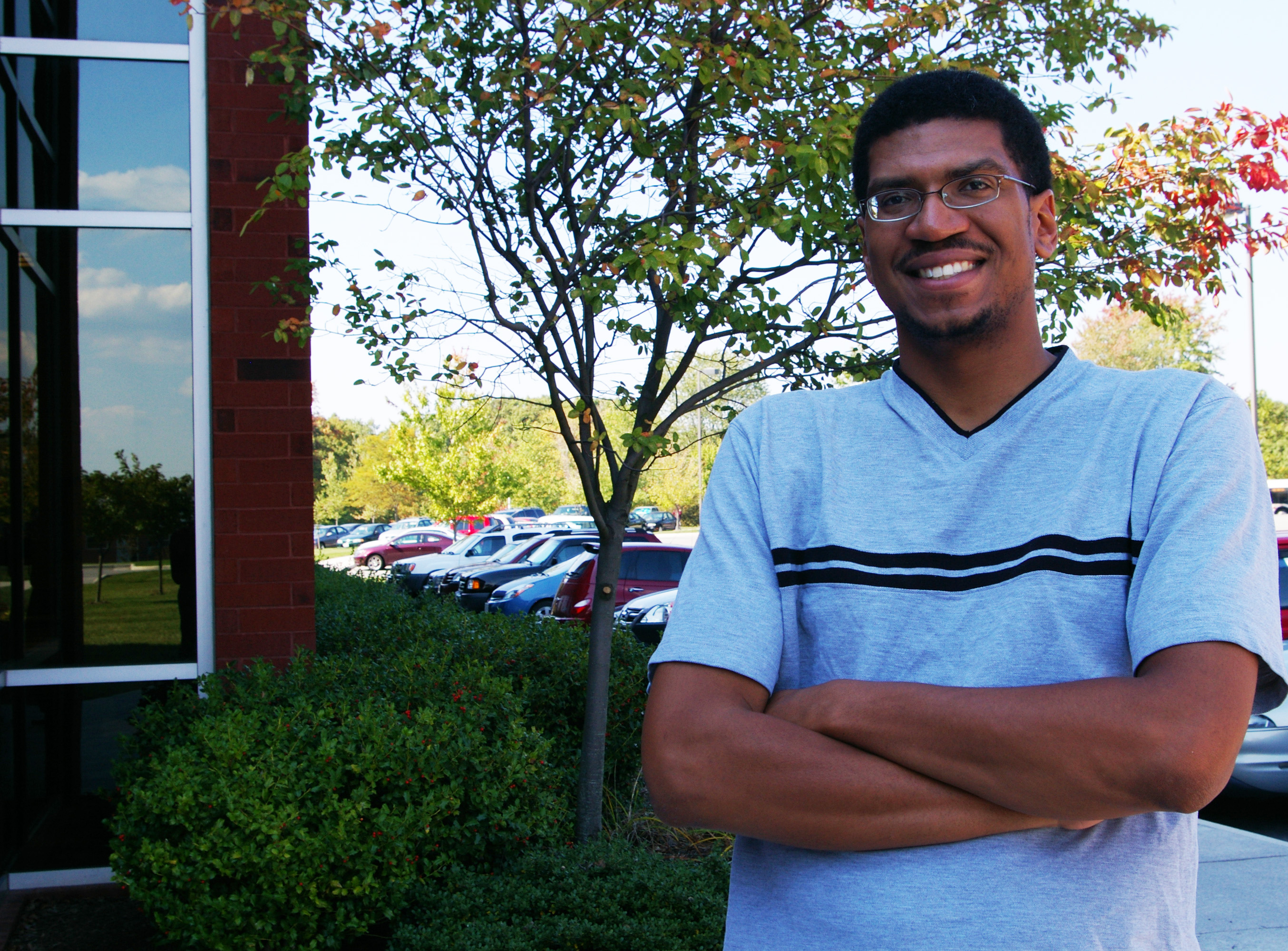Assistant professor of biomedical engineering continues outreach to New Jersey hometown schools

A Virginia Tech College of Engineering assistant professor will use part of a $175,000, two-year National Science Foundation grant for artificial bone scaffolding research to continue outreach efforts with inner-city New Jersey school children. This effort includes bringing high school students to Blacksburg for a four-week summer program in 2010.
Joseph Freeman of the Virginia Tech – Wake Forest University School of Biomedical Engineering and Sciences and director of the Musculoskeletal Tissue Regeneration Laboratory won the grant for new research into rebuilding bone from its innermost core to the exterior layer.
The grant’s outreach component will allow Freeman to purchase webcams for over-the-Web live lessons by Freeman, who will remain in Blacksburg, with students in his hometown of Newark, N.J. Freeman also will be able to fund the visit of two Newark high school students to Virginia Tech during the summer for in-lab experience. Freeman said “this is first step,” in a program that he says he hopes to further grow.
“We have to find ways to entertain the students when they are not in the lab,” Freeman said, adding that money for the visiting students is tight, and housing, foods, supervision, and other factors should be tested on a small scale before more Newark students are invited. So far, the students’ four-week visit would coincide with the annual Virginia Tech STEM Talent Expansion Program (STEP) program. In the future, visiting students would not only participate in Freeman’s lab, but be allowed to visit other labs on campus.
The grant funds build on an effort started in 2006 by Freeman and his mother, a science teacher in Newark. Freeman thus far has recorded several high-tech biomedical science lessons on DVD for third through eighth graders, and mailed them to his mother to be used in the classroom. Freeman earlier said webcams will allow him to interact in real time with the Newark school students in order to cultivate question-and-answer sessions. With the DVD format, on-the-spot Q-and-A’s are not possible.
Freeman is applying for additional grants now to support his outreach efforts. webcam lessons by Freeman must wait until all materials are purchased in Newark and in Blacksburg.
He and some Virginia Tech graduate students under his mentorship are now putting together the latest DVD, which focus on collagen, the building block of bones, skin and ligaments. In the lesson, Freeman uses Legos as building blocks to simulate the complex structure of collagen fibers.
Bone scaffolding research
The artificial bone scaffolding research involves re-building fractured bones from both the cancellous and cortical layers, from the core outward. “The new scaffolds will have a nanofibrous structure and be structurally similar to natural bone,” Freeman said in his research proposal. The similarities would include strength and growth abilities. Bone loss due to trauma or disease is prevalent in the United States, with 3 million orthopaedic procedures performed every year, Freeman said.
Current bone scaffolds do not mimic the structure and properties of both trabecular and cortical bone, including the complex weaving of blood and marrow vessels within the bone. The proposed scaffolding could help solve the problem of restricted cell movement in nanofiber scaffolds, which have exceedingly small pores. “The method of micro-porous nanofibrous scaffold fabrication described in this project would solve this problem and could be used for the other tissue engineering applications,” Freeman said.
Segments of the new bone will contain a person’s own cells when implanted into a patient, and once healing begins the interface would be as smooth as if no break had occurred.
Freeman earned his bachelor of science in chemical engineering from Princeton University, and his Ph.D. in biomedical engineering from Rutgers University and The University of Medicine and Dentistry of New Jersey.



.jpg.transform/m-medium/image.jpg)
